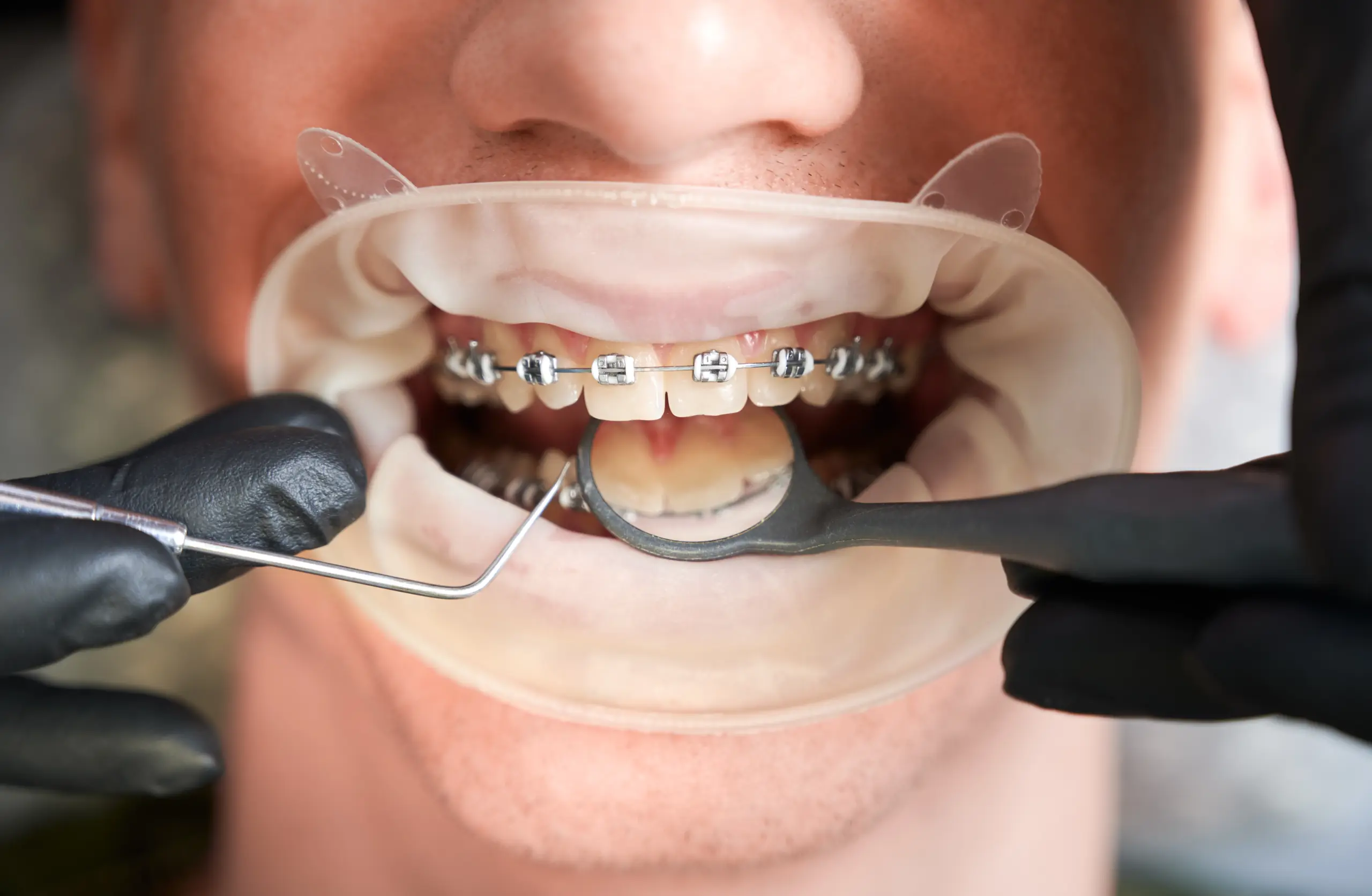When you visit the dentist for a procedure that may cause discomfort, such as a filling, tooth extraction or root canal treatment, your dentist will likely use a local anaesthetic to numb your mouth and minimise any pain. The primary purpose of these anaesthetics is to block the nerves that transmit pain, ensuring that you stay comfortable and pain-free during your dental procedure.
The most commonly used local anaesthetic in dentistry is lidocaine, sometimes known by the brand name Xylocaine. It’s used in a number of medical procedures beyond dentistry due to its fast-acting and effective numbing properties. Lidocaine is often combined with a small amount of adrenaline (also known as epinephrine) which constricts blood vessels, thereby reducing bleeding in the area and making the numbing effect last longer.
Prior to injecting the anaesthetic, your dentist may apply a topical anaesthetic gel to numb the surface of your gums or inner cheek. This is often used to alleviate the discomfort of the injection itself. The gel usually contains substances such as benzocaine, lidocaine or tetracaine, which effectively numb the skin and mucous membranes in your mouth.
Once the local anaesthetic is injected, it typically takes a few minutes to take full effect. The numbing sensation usually lasts for a few hours, but this can vary depending on the specific type and amount of anaesthetic used.
Your dentist will always ensure you are properly numbed before beginning any procedure that may cause discomfort. It’s important to communicate with your dentist if you feel any pain during the procedure, as more anaesthetic can be administered if necessary. After the procedure, as the anaesthetic wears off, you may experience some tingling or prickling sensations, which is a normal part of the process.
In conclusion, dentists use local anaesthetics, often lidocaine, to numb your mouth during procedures. They may also use a topical anaesthetic to numb the area before injecting the anaesthetic. The goal is always to ensure your comfort and minimise pain during your dental visit.




